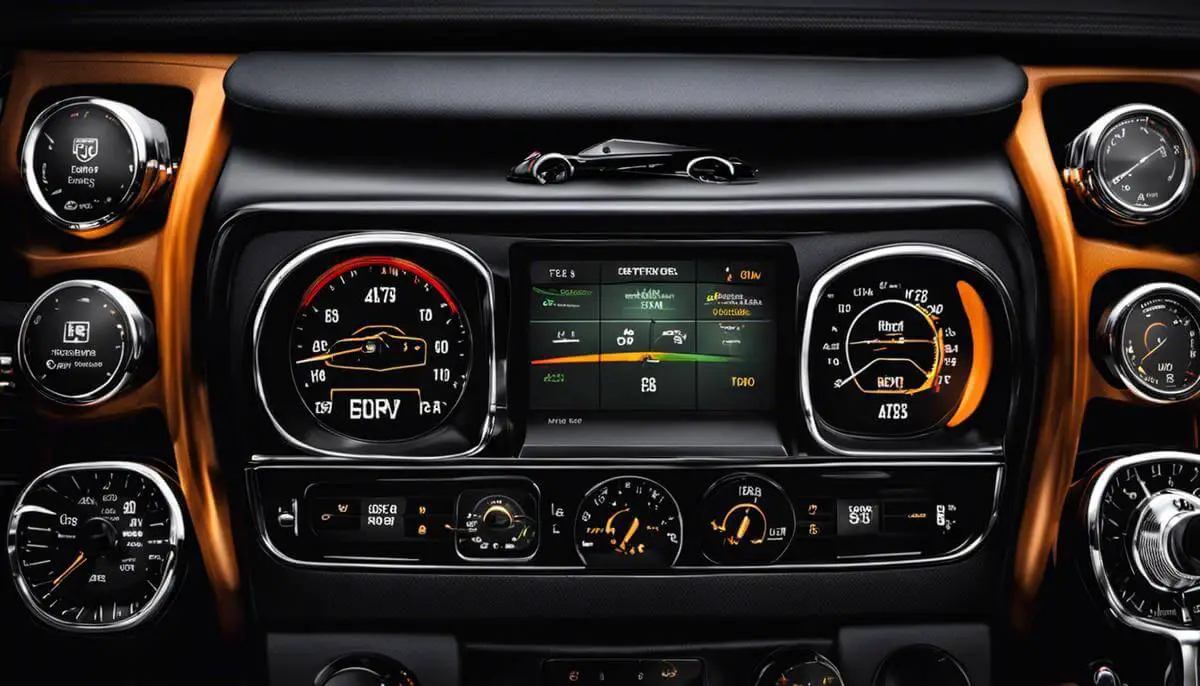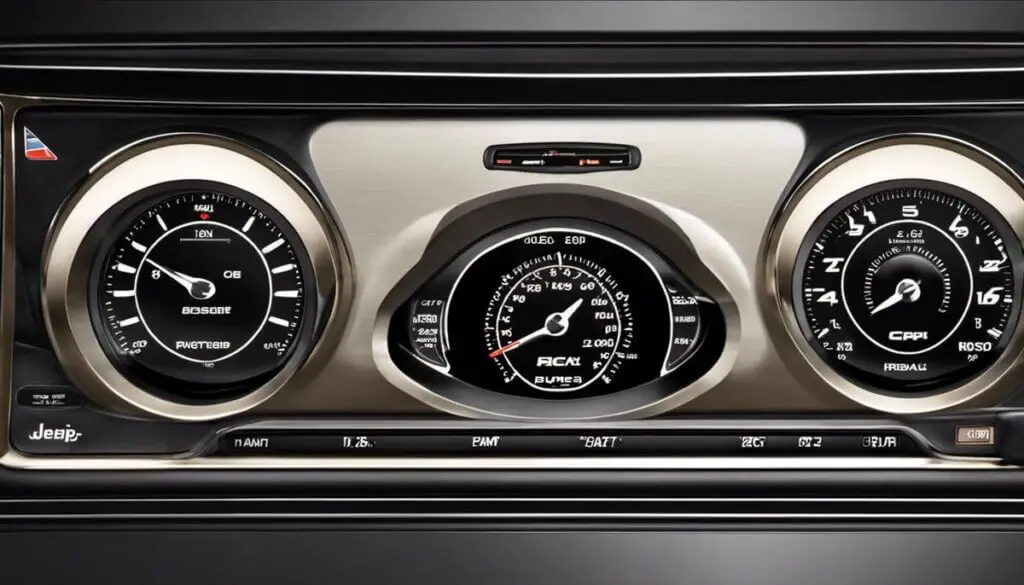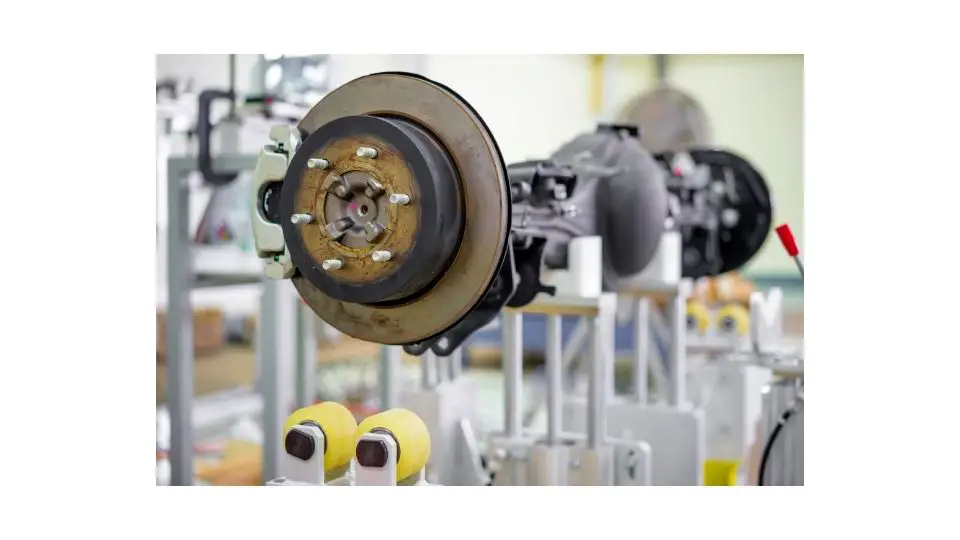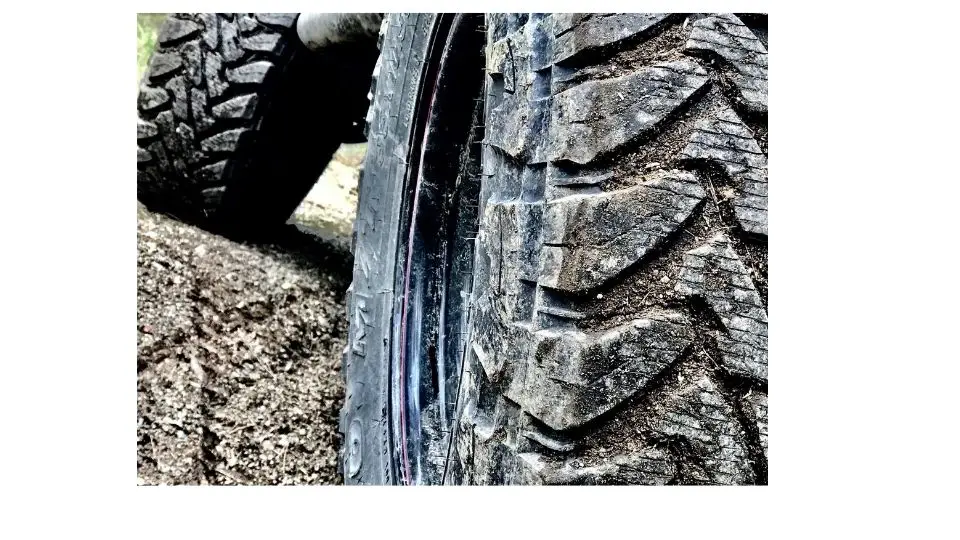Navigating the labyrinthian world of dashboard symbols can be daunting, especially when it comes to understanding the dire needs of your Jeep. With a myriad of lights illuminating at various intervals, each conveying a different message, it’s crucial to comprehend what these symbols signify. From plain indicators to critical warning lights, each serves its purpose of ensuring the optimal and safe functioning of your vehicle. This discourse delves explicitly into the Red Lightning Bolt symbol – an essential warning light that demands your attention. Further, it also offers insightful tips on maintaining your Jeep in its prime, thus avoiding unnecessary warning signals and ensuring smooth functioning.
Introduction to Jeep Dashboard Symbols
Understanding Jeep Dashboard Symbols: Vital Information Every Jeep Owner Should Know!
In today’s technologically driven world, knowledge is power, especially when it pertains to understanding the modes of communication our vehicles use to signal a potential problem. Jeep’s owner, you probably bought it for its ruggedness, sturdiness, and off-roading capabilities. In order to maintain these features, understanding your Jeep’s dashboard symbols is vital. Let’s drive straight in and understand some of these important symbols.
- Engine Oil Pressure Warning Light: Arguably the most important, the oil can icon lights up in red when your engine oil pressure is dangerously low. When you see it, stop your Jeep immediately and check the oil level. Ignore it and you risk severe engine damage.
- Battery Charge Warning Light: This symbol looks like a rectangular battery. Light-up indicates a potential problem within your vehicle’s electrical system, typically involving the battery or alternator.
- Engine Coolant Temperature Warning Light: Symbolized by a thermometer inside a wavy water symbol, this light illuminates when the engine’s coolant temperature is too high. If it lights up, stop, and allow your engine to cool down.
- ABS Warning Light: Represented by the letters ‘ABS’ inside a circle and parenthesis, this warning light alerts the driver about potential problems with the Anti-Lock Braking System.
- Tire Pressure Monitoring System (TPMS) Warning Light: This symbol, shaped like an exclamation mark within brackets and underneath a flat tire outline, illuminates when the tire pressure in one or more of your tires is significantly low.
- Electronic Throttle Control Warning Light: This light, symbolized by a lightning bolt between two brackets, blinks or comes on when there’s an issue with your vehicle’s electronic throttle control system.
- Check Engine Light: Known formally as the Malfunction Indicator Lamp (MIL), the engine-shaped symbol lights up whenever the vehicle’s internal diagnostic system detects a problem.
- Electronic Stability Control (ESC) Active Light: It’s a symbol of a car with squiggly lines underneath and comes on whenever the vehicle’s ESC is actively applying selective wheel braking and engine power reduction to correct drive wheels’ slippage.
- Forward Collision Warning Light: When your Jeep is equipped with Forward Collision Warning (FCW), a symbol with two vehicles facing each other will light up anytime the FCW system detects the risk of a collision with the vehicle ahead.
- Airbag Warning Light: With a symbol of a seated passenger with a big circle in front, this warning light comes on if the vehicle’s diagnostic system detects a problem with the airbags, electrical circuits, or crash sensors.
Remember, technology is only as beneficial as our understanding of it and the Jeep’s dashboard technology is no exception. These are the top ten Jeep dashboard symbols that every Jeep owner should be familiar with to ensure seamless driving and tackling potential issues head-on. By learning to read the language of your Jeep’s dashboard, you’re providing optimal care for your vehicle while guaranteeing the safety of your journeys, no matter where your adventures take you!

Understanding the Red Lightning Bolt Symbol
Decoding the Red Lightning Bolt Symbol in a Jeep: Meaning, Implications and Recommended Actions
Renowned for their sturdy build and excellent off-road capabilities, Jeep vehicles come equipped with an array of warning lights to inform drivers of potential issues. With the spectrum of symbols ranging from the Engine Oil Pressure Warning Light to the Electronic Stability Control (ESC) Active Light, quick and precise interpretation aids in maintaining vehicle health and optimum performance. Notably, one symbol captured the attention of Jeep owners repeatedly: the Red Lightning Bolt Symbol.
The Red Lightning Bolt Symbol, characterized by two inverted parentheses with a lightning bolt in the middle, is a warning light directly connected to the Electronic Throttle Control (ETC) system. This critical component controls the throttle blade in your vehicle’s throttle body, facilitating air control and an optimal air-fuel mix in the engine. When this red symbol illuminates, it indicates a malfunction of the ETC system which could have severe implications on the jeep’s engine performance.
When this warning light appears, it signifies your vehicle has detected an issue with the ETC system. The potential problems might range from faulty sensors and damaged wiring to defective throttle bodies or problems in the vehicle’s computer. Despite starting and running the vehicle being possible, you may notice a considerable decrease in power or responsiveness. In limp mode, the vehicle regulates the throttle to limit RPM, preventing further damage but implying a serious issue requiring attention as driving could potentially worsen the problem.
Addressing the Red Lightning Bolt warning doesn’t need to be a minefield – acting swiftly and decisively is key. Your first move should be to safely pull over and restart your vehicle. Sometimes, minor electronic glitches can trigger the warning light, and a simple reboot has the potential to eliminate the problem.
If the issue persists, immediate professional assistance is in order. This is not a problem for consumer-grade diagnostic tools or casual troubleshooting. Driving your Jeep to your nearest dealership or trusted mechanic for diagnosis and repair is advisable, providing the vehicle is responsive and safe to drive. Towing should be considered if the problem appears serious or the vehicle remains in limp mode.
Preventive maintenance should be top-of-mind for any discerning Jeep owner. Regularly checking and replacing spark plugs and ignition coils, investing in routine professional inspections of electronic systems, and promptly servicing your vehicle when warning lights appear, help ensure smooth, problem-free rides.
In conclusion, the Red Lightning Bolt Symbol is not to be ignored or underestimated. It’s an early indication of electronic throttle control issues, requiring immediate attention, getting professional help if necessary. In the fast-paced world of tech enthusiasts, swiftly adapting to automated cues like these helps keep us and our vehicles ahead of the curve.

Maintaining a Healthy Jeep
Keeping Your Jeep in Top Gear: Advanced Maintenance Tips for Long-Term Performance
If you’re operating an all-American rugged machine like a Jeep, it’s vital to understand how to keep it running at its peak. After an introductory exploration of common Jeep warning lights, we are moving on to discuss advanced maintenance and preventive measures to ensure optimal performance and longevity.
The key to your Jeep’s long-term health is preventive methods which include frequent check-ups, especially on your transmission system. Given the fact that this exceptional vehicle is designed for off-road adventures, its transmission is more susceptible to wear and tear. Regular transmission fluid checks and changing it as per the manufacturer’s instructions help maintain the efficient running of the system and ward off that pesky Transmission Temperature Warning Light.
Next, understand the relevance of the Oil Change Required light. Unlike the Oil Pressure Warning light which requires immediate response, the Oil Change light is a helpful reminder to schedule your next maintenance stop. Periodic oil changes as recommended in your vehicle manual maintains your engine’s strength and longevity. Delaying oil changes can cause irrevocable damage to your engine over time.
Turn your attention now to the brakes – your Jeep’s primary safety system. Excessive wear or damage to brake components can lead to the Brake Warning Light illuminating. Regular inspection ensures a safe and reliable braking system and enables the detection of potential issues to prevent accidents before they happen.
Next in line is the universally dreaded Gas Cap Warning light. Even though it might seem trivial, a loose gas cap can lead to fuel leakage or a contaminated fuel system, impairing engine performance and reducing fuel efficiency. Regular checks to ensure a tight seal on your gas cap help prevent these issues.
Don’t underestimate the importance of regular cleaning and inspection of your Air Filtration System. A clogged or dirty air filter may trigger the Vehicle Security Warning Light indicative of engine misfire due to poor air intake, reducing your vehicle’s performance and fuel efficiency. Timely replacements prolong engine life and optimize fuel consumption.
Finally, never dismiss the importance of servicing your Power Steering System. Ignoring the Power Steering Warning Light could result in increased steering effort, reducing control over the vehicle. Regular system checks ensure the fluid is clean, and components are in good working condition.
In sum, your Jeep is a prime example of advanced automotive technology, mostly self-diagnosing and directing you towards necessary actions with the help of warning lights. And while these are helpful, don’t solely rely on them. Regular preventive maintenance, system check-ups, and proper vehicle management help keep your Jeep running efficiently for a lifetime, offering that unparalleled off-road experience you bought it for in the first place.

With the access to the pertinent knowledge about Jeep dashboard symbols, particularly the Red Lightning Bolt, you’re armed to nip potential problems in the bud. Be it a steady illumination or an intermittent blinking, each scenario will now be met with informed decision-making, preventing further damage and ensuring safety. Coupled with general maintenance tips, this guidance can enhance the lifespan and performance of your vehicle. After all, treating your Jeep well not just ensures a smoother ride but also shields your wallet from suffering avoidable expenses.





